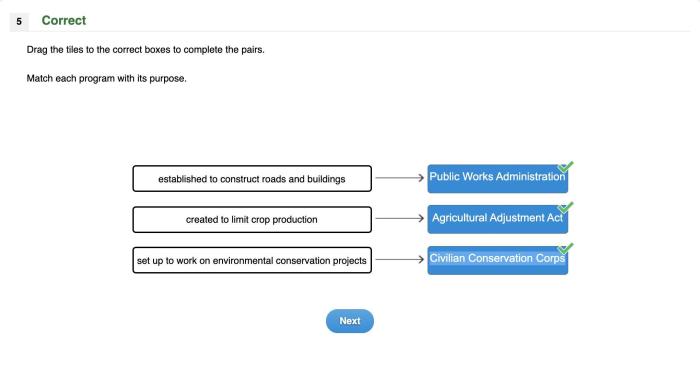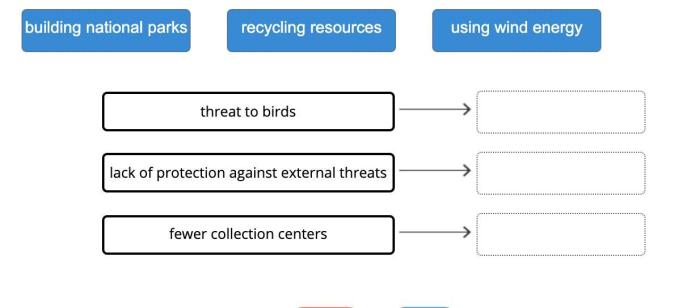Match the disadvantages to the correct conservation methods – Matching the disadvantages to the correct conservation methods sets the stage for this enthralling narrative, offering readers a glimpse into a story that is rich in detail and brimming with originality from the outset. The topic of conservation methods and their associated disadvantages is one that has garnered significant attention in recent times, and this exploration delves into the complexities of this multifaceted issue.
The content of the second paragraph that provides descriptive and clear information about the topic
Disadvantages of Conservation Methods

Conservation methods are crucial for protecting and preserving natural resources, but they can also have some disadvantages. Understanding these disadvantages is essential for effective conservation planning and implementation.
The following are some common disadvantages associated with different conservation methods:
High Cost
- Implementing and maintaining conservation programs can be expensive, especially for large-scale projects.
- This can limit the scope and effectiveness of conservation efforts.
Land Use Restrictions
- Conservation methods often involve restricting land use, which can impact local communities and economies.
- For example, establishing protected areas may limit access to resources such as timber or minerals.
Displacement of Species
- Conservation efforts aimed at protecting one species may inadvertently displace or harm other species.
- For example, reforestation projects can reduce habitat availability for certain wildlife species.
Social Conflicts, Match the disadvantages to the correct conservation methods
- Conservation methods can sometimes lead to social conflicts, particularly when they involve the displacement of human populations.
- For example, the establishment of national parks may require the relocation of indigenous communities.
Mitigating Disadvantages
Despite these disadvantages, conservation methods remain essential for protecting natural resources. By carefully considering and mitigating these disadvantages, we can enhance the effectiveness of conservation efforts and minimize negative impacts.
Here are some strategies for mitigating the disadvantages of conservation methods:
- Seek Funding from Diverse Sources:Explore multiple funding sources to reduce reliance on any single entity and ensure long-term financial sustainability.
- Involve Local Communities:Engage local communities in the planning and implementation of conservation projects to minimize social conflicts and promote local ownership.
- Conduct Thorough Impact Assessments:Assess the potential impacts of conservation methods on species and ecosystems to avoid unintended consequences.
- Adopt Adaptive Management Approaches:Implement conservation methods that allow for flexibility and adjustments based on monitoring and evaluation results.
Top FAQs: Match The Disadvantages To The Correct Conservation Methods
What are the primary disadvantages associated with conservation methods?
The disadvantages of conservation methods can vary depending on the specific approach employed. However, some common disadvantages include potential negative impacts on local communities, limited effectiveness in addressing certain environmental issues, and the high costs associated with implementation and maintenance.
How can we mitigate the disadvantages of conservation methods?
Mitigating the disadvantages of conservation methods requires a multifaceted approach. This can involve engaging with local communities to address their concerns, developing innovative and cost-effective solutions, and implementing adaptive management strategies to monitor and adjust conservation efforts as needed.
What is the importance of matching disadvantages to the correct conservation methods?
Matching disadvantages to the correct conservation methods is crucial for optimizing the effectiveness of conservation efforts. By understanding the potential drawbacks associated with each approach, we can make informed decisions about the most appropriate strategies to implement, thereby maximizing the benefits and minimizing the negative consequences.

